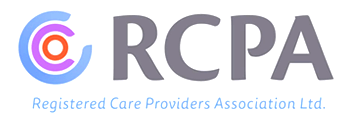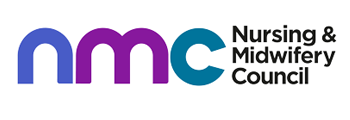

Nurses Group became the most trusted healthcare agency by following the simple formula, we treat our clients like family. We aim to provide a quality and reliable healthcare service through our team of committed and experienced nursing staff.
Nurses Group is a family-owned and operated Healthcare Company with years of experience in the UK healthcare industry. © Nurses Group, a division of JSS Healthcare Ltd. Registered in England & Wales. Reg No. 09846338



© 2015-2024 nursesgroup.co.uk. Powered by John & Smith


